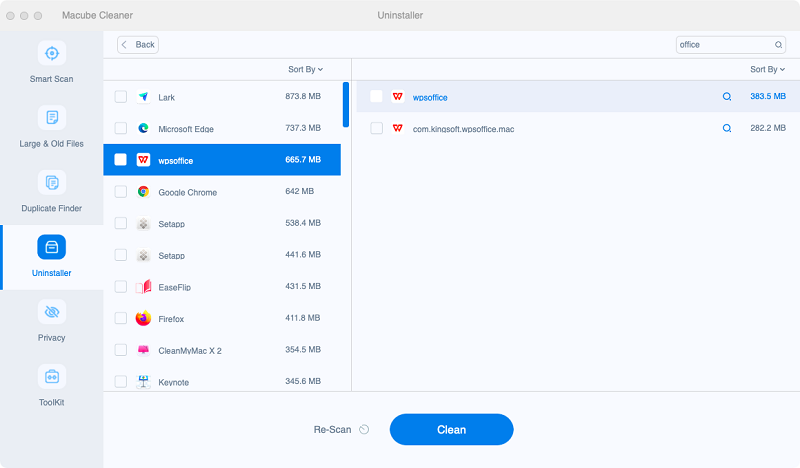

- #How to uninstall microsoft office on mac how to
- #How to uninstall microsoft office on mac mac os
- #How to uninstall microsoft office on mac install
#How to uninstall microsoft office on mac install
> Download Osx Uninstaller, install it on your Mac, and click to launch this tool.
#How to uninstall microsoft office on mac how to
Video: How to easily & thoroughly uninstall Microsoft Word (or other Mac apps) To completely uninstall Microsoft Word and remove its vestiges, you just need to do 3 simple steps: launch > select > uninstall. Here we would like to recommend Osx Uninstaller, a lightweight yet powerful app designed for all level users to perfectly remove problematic, stubborn or malicious apps. If you do not want to dig down the system for removing Microsoft Word, you can turn to a professional uninstall tool to accomplish the task effortlessly. There are many Mac utilities that claim to help hunt down all application files and delete them for you. Perfectly Uninstall Microsoft Word within Simple Clicks (3) Launch the Activity Monitor from Dock, Launchpad or Spotlight > type Microsoft Word in the search box > select the process pertaining to Microsoft Word > click the “X” button on the upper left corner > click Quite in the pop-up dialog (if that fails, choose Force Quite).Īfter that you can carry out a clean uninstall either automatically or manually.


What should you do before uninstalling Microsoft Word:įirst of all, don’t rush to drag Microsoft Word to the Trash.
#How to uninstall microsoft office on mac mac os
Struggling to uninstall unneeded applications from your Mac computer? Having trouble in removing the entire application components around the system? This tutorial will show you how to effectively uninstall Microsoft Word in macOS or Mac OS X. Once you do not want to keep an app on your Mac, you can uninstall Microsoft Word by multiple methods. You can get an app from Mac’s App Store, discs or other websites, and then install it by dragging the app icon to the Applications folder or running the provided installer in the disk image or package file. There are various kinds of software that you can install on your Mac, and it is quite easy to manage those apps on macOS. Open the “PrivilegedHelperTools” folder and delete the file called “.helper.”Įmpty your Mac’s Trash and restart your computer to complete the removal of Office.How To Uninstall Microsoft Word from Mac OS Open the “Preferences” folder and delete the file called “.plist.”Ĭlick the name of your Mac’s primary hard drive under the Devices heading in the Finder. Open the “LaunchDaemons” folder and delete the file called “.ist.”Ĭlick the name of your Mac’s primary hard drive under the Devices heading in the Finder. Open the “Library” folder, then open the sub-folder called “Internet Plug-ins.” Drag and drop to the Trash any files with the phrase “SharePoint” in their names.Ĭlick the name of your Mac’s primary hard drive under the Devices heading in the Finder. Drag and drop the folder into the Trash.Ĭlick the name of your Mac’s primary hard drive under the Devices heading in the Finder. Scroll through the list of applications until you locate the Microsoft Office 2011 folder.


 0 kommentar(er)
0 kommentar(er)
